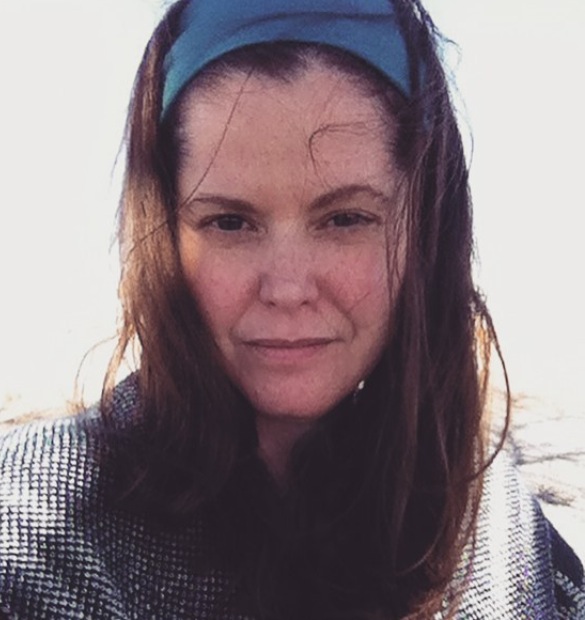My quest to find Illuminators from the past (and present) took me to some interesting places, like "The Dark Ages" of Medieval Europe. At the same time, my best friend and college roommate's classes as a History major crossed over into the Art History and Painting classes I needed for my "two-degrees-in-four-years" program that I was enrolled in at Oneonta State, called the "2-1" (or "Two-To-One").
While I poured over the detailed Celtic knotwork in "The Book of Kells" like it was inscribed upon my heart (and it is, I know that), Karen delved into the socio-economic peculiarities of an uncivilized Europe caught in the massive death-grip of "The Bubonic Plague". Like the Salem witch-hunts of New England, paranoia and fear ruled the landscape, creating myths and superstitions that persist in the more rural parts of Western Europe to this day.
It was gothic and horrific, perfect intellectual fodder for two kids like us who'd already lived through some incredibly dark times, to study in the deep dark cold that settles upon upstate New York in a thick blanketing cloud of snow lasting six months or more, because that's "winter" to us. I could relate to her fascination with the macabre. I was a devout reader in my childhood and early teens of creepy and ghostly tales, like Edgar Allen Poe's "The Masque of the Red Death", considered one of the best pieces of literature ever written about the plague and its impact on medieval society.
One artist in particular grabbed her attention for a few months (or weeks) in an appreciation that has not abated time, for its stunning intricacy and originality: Hieronymus Bosch. Like the illustrations in the first edition of Dante's "Inferno", Bosch was seen as a gruesomely realistic painter who'd channeled Hell itself in his fantastical depictions of the imps, demons, and devils that lurked in the darkest corners of his twisted, surreal landscapes.
The amount of detail...it was captivating in its volume and visual complexity. How many creatures he'd crammed onto his canvases, like a man on fire to reveal the depths humanity had sunk to in its darkest hour; a real-life emotional landscape that captured the psychology of the times and the mindset of medieval man during one of the worst holocausts in human history. It must have felt smiliar to the fictional world of "The Walking Dead"; bodies piled by church graveyards at first, then covered over in carts, to finally be dumped by the side of the road in abandonment, festering and spreading even more disease.
Much as my generation (like many generations) still thinks of its cultural influences as widely known (like our music), I realize in middle-age that if I want to keep our kind of awareness alive, the type that sparked the interest of a few young scholars in late adolescence, then it's going to be me who does it. This is "My Illuminator's Life", in full circle. Enjoy it my little gremlins and goblins, because something wicked this way comes....and it's downright Medieval.



